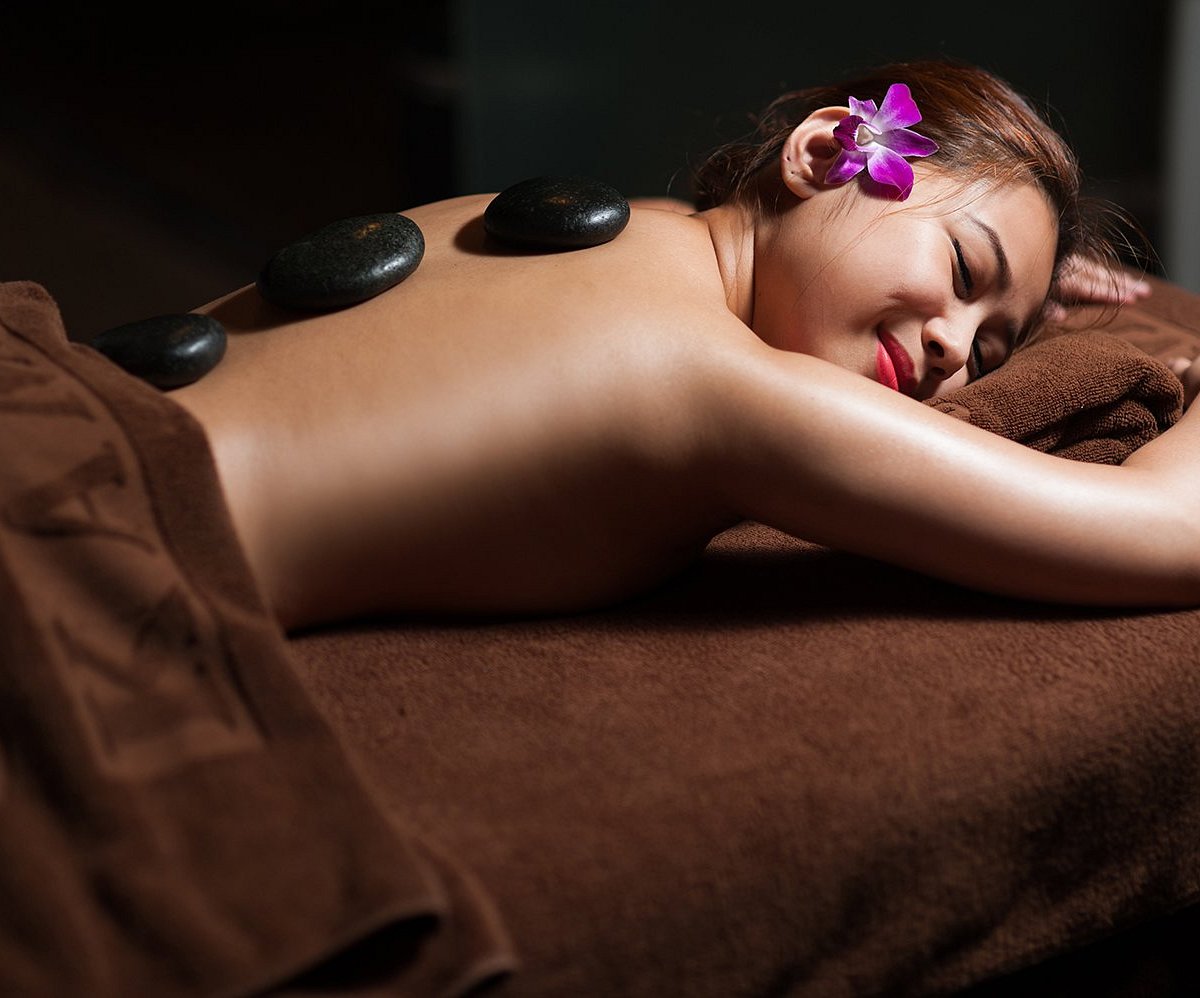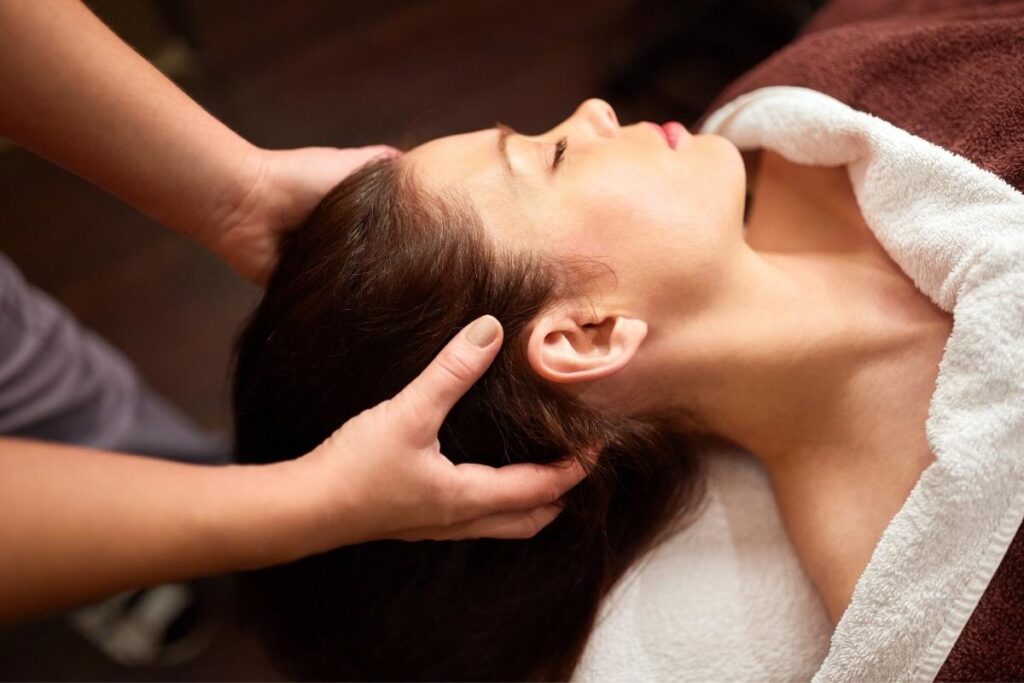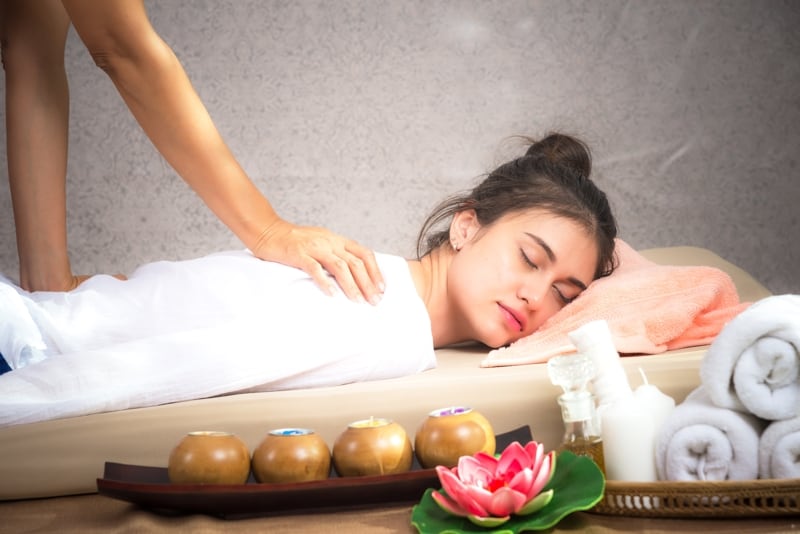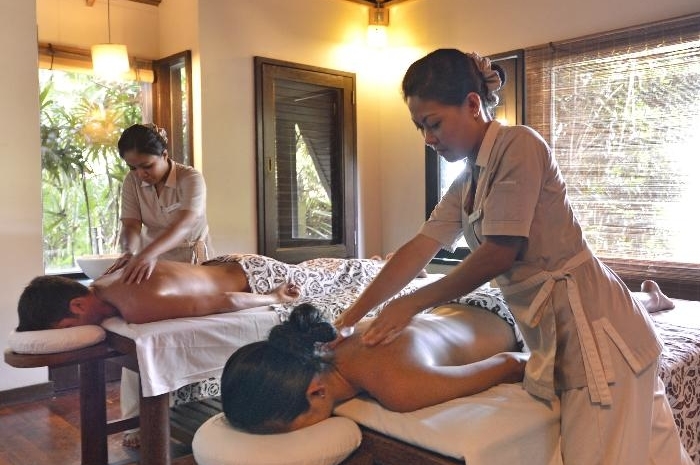Massages in Malaysia: A Cultural and Therapeutic Retreat
Malaysia has steadily become a top destination for wellness seekers, thanks to its rich cultural diversity and deep-rooted healing traditions. Massages in Malaysia are more than just a means of relaxation—they represent centuries of cultural knowledge blended with modern wellness practices. Visitors and locals alike seek massage therapy for various reasons, whether it’s to ease physical tension, restore energy balance, or simply unwind from the stress of daily life. The country’s tropical ambiance, friendly hospitality, and skilled therapists create an ideal setting for therapeutic experiences. From bustling cities like Kuala Lumpur to tranquil islands like Langkawi, massage centers are widely available and cater to a variety of needs and budgets. This blend of accessibility, cultural richness, and professionalism makes Malaysia a standout destination for massage and holistic healing.
Traditional Malay massage, locally known as “urut,” remains one of the most recognized forms of massage therapy in Malaysia. It involves deep, rhythmic pressure applied along the body to stimulate circulation, release tight muscles, and improve overall health. Often paired with herbal oils infused with natural ingredients like ginger and lemongrass, urut is both invigorating and therapeutic. Historically, this form of massage was passed down through generations and used to treat fatigue, minor injuries, and postnatal recovery. Today, urut continues to play a central role in traditional Malay medicine and is popular among people who prefer natural, holistic treatments. The technique may differ slightly between regions, but the emphasis on healing and balance remains consistent across the country. Many massage centers offering urut also incorporate elements of spiritual care and energy alignment, making the experience unique and deeply rooted in local culture.
Chinese massage techniques are also widely practiced in Malaysia due to the country’s significant Chinese population. Among the most popular methods are Tui Na and reflexology, which focus on stimulating the body’s pressure points to promote healing and energy flow. Tui Na is a deep-tissue technique that targets specific areas of pain or tension, using methods like kneading, rolling, and tapping. Reflexology, on the other hand, is based on the idea that the feet have zones that correspond to various organs and systems in the body. Many believe that applying pressure to these zones can improve overall health and reduce stress. Reflexology centers are particularly common in urban areas and shopping centers, offering affordable treatments that are both effective and time-efficient. These traditional Chinese practices continue to thrive in Malaysia, appealing to those seeking both quick relief and long-term wellness solutions.
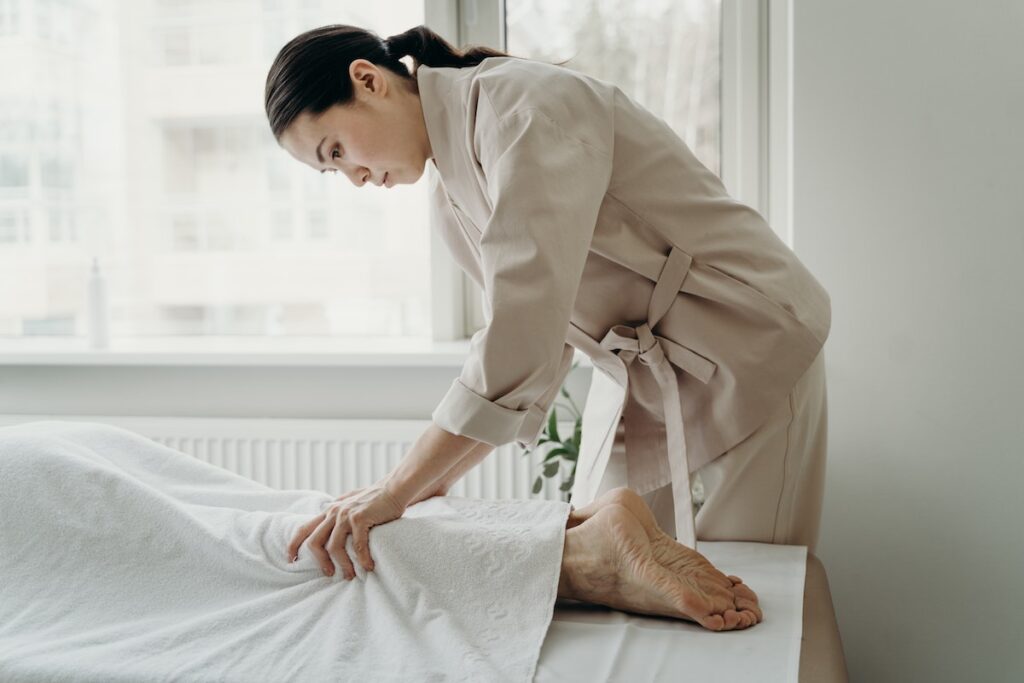
Indian Ayurvedic b2b kl massage has also made its mark in Malaysia, especially in areas with a prominent Indian community. Rooted in the ancient Indian healing system of Ayurveda, this type of massage focuses on balancing the body’s energies through the use of oils, herbs, and rhythmic strokes. Common treatments include Abhyanga, a full-body oil massage aimed at detoxifying and nourishing the skin, and Shirodhara, which involves pouring warm oil on the forehead to calm the mind. Ayurvedic massage is not only therapeutic for the body but also promotes mental clarity and emotional balance. In Malaysia, Ayurvedic centers often offer complete wellness packages, which may include yoga, dietary recommendations, and herbal treatments. These therapies are especially appealing to individuals who prefer holistic approaches to health and well-being. The growing demand for Ayurvedic massage reflects the broader trend of people seeking natural alternatives to modern medicine.
Modern spas in Malaysia provide a more contemporary take on massage therapy, often blending traditional techniques with Western methods. These spas are found in luxury hotels, beach resorts, and urban wellness centers, offering a wide range of services from Swedish and Thai massages to aromatherapy and hot stone treatments. Many of these establishments prioritize ambiance, with beautifully designed interiors, calming music, and high-end amenities to create a truly relaxing experience. Unlike traditional massage houses, modern spas focus heavily on customer service, comfort, and personalized treatments. They cater to both international tourists and locals who want a premium, pampering experience. As the wellness industry continues to grow, more Malaysians are including spa visits as part of their routine for physical and mental well-being. The modern spa scene in Malaysia offers a balance between luxury and therapeutic benefit, appealing to a broad audience.
As wellness and holistic health become more mainstream, the future of massage therapy in Malaysia looks promising. The country is already witnessing increased investment in wellness tourism, and massage therapy remains at the core of this growth. Government efforts to promote Malaysia as a health tourism destination have further strengthened the industry, attracting visitors from nearby countries like Singapore, Indonesia, and Thailand. Additionally, there’s a rising trend among younger Malaysians who view massage not just as an occasional indulgence but as a preventive measure to maintain good health. With advancements in technique, better training for therapists, and a deeper understanding of both Eastern and Western healing philosophies, the massage industry in Malaysia is set to flourish. Whether one seeks relief from chronic pain, recovery from physical strain, or simply a peaceful escape from a busy life, Malaysia offers a wide spectrum of massage experiences that cater to every need and preference.
